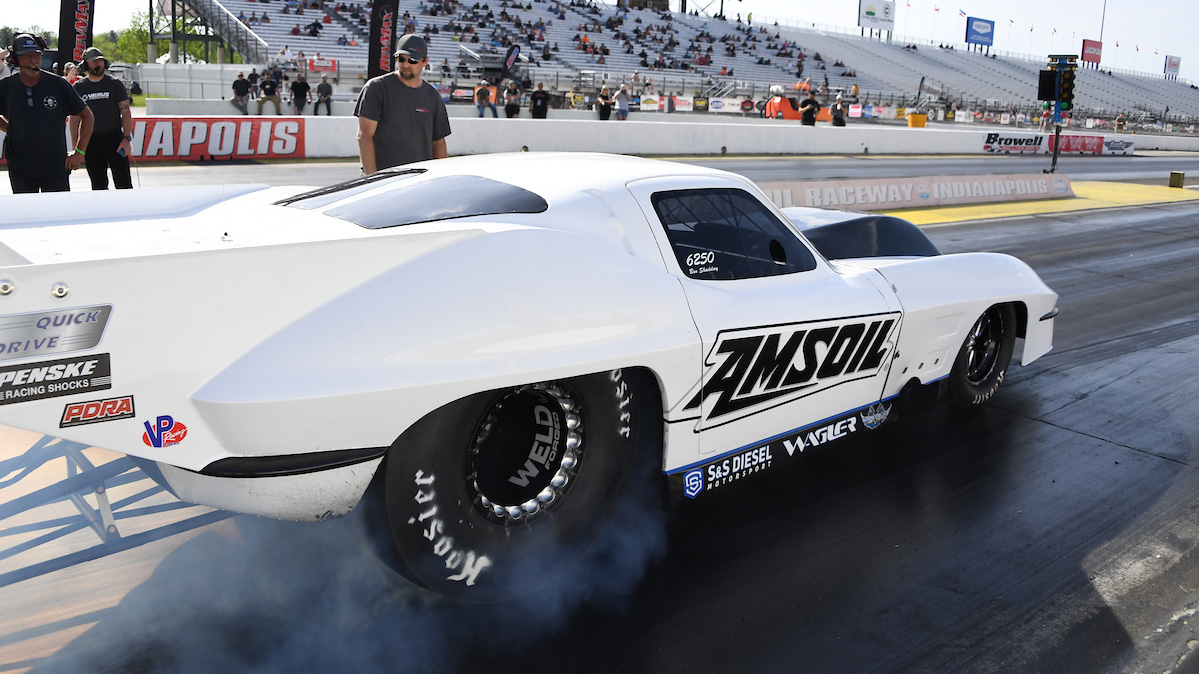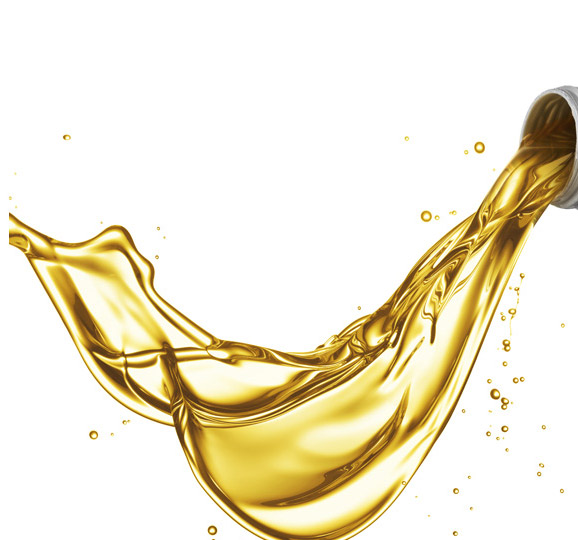Gearheads and motorsports enthusiasts who are passionate about engine protection and performance might think racing oil is good for everyday automotive use. It sounds logical to put a high-performance racing oil in your daily driver, but there are several reasons why you shouldn’t.
For starters, racing oils are designed to maximize protection under extreme use, and to be changed frequently, whereas automotive motor oils are designed to be long-lasting and reduce the frequency of oil changes.

Increased heat
Automotive engines can be tough on oil. For example, modern turbocharged, direct-injection engines generate increased heat compared to their predecessors, and the motor oil must endure that added stress. That’s why motor-oil specifications keep getting tougher and automakers are increasingly recommending synthetic oils to meet the strict performance specs and emissions requirements.
Racing, however, is a completely different animal. The powerful, modified engines in racing vehicles produce extreme heat and pressures your average car or truck simply will never see. For instance, a Pro 4×4 race truck can produce more than 900 horsepower and engine temperatures exceeding 300ºF (149ºC).
In comparison, engine temperatures in a typical passenger car/light truck typically stay below 220ºF (104ºC). The difference is even more striking when you consider that the rate of motor oil oxidation (chemical breakdown) doubles for every 18ºF (10ºC) increase in oil temperature, meaning that the oil breaks down more than 16 times faster when racing.
Additionally, the tremendous pressure and shearing forces that racing oil bears as it’s squeezed between the interfaces of the pistons/rings and cam lobes/lifters can tear apart the molecular structure of the oil, reducing its viscosity and film strength.

Performance costs
Racing oil must be formulated differently for maximum performance and protection under high pressure and heat. Increasing protection and performance in one area creates negative impacts in other areas, including an oil’s overall lifespan.
The secret to engine performance modifications is to maintain balance, as every change requires a tradeoff. For example, engine modifications that provide more power are typically offset by a higher risk of component failure.
Likewise, the boosted level of additives in AMSOIL DOMINATOR® Synthetic Racing Oil that increases protection in racing applications doesn’t leave room for other additives found in passenger car motor oils used to maximize fuel economy, maximize engine cleanliness, improve cold-weather operation, and extend drain intervals.

Rebuilding
Many racing engines are rebuilt after no more than two years or 20 hours of operation. In fact, we built a 1,000 horsepower GM* LS crate engine in the AMSOIL Mechanical Lab and ran it on our dyno for 25 hours of extreme-use testing with DOMINATOR 10W-40 Synthetic Racing Oil.
We simulated wide-open-throttle drag racing, the rapid acceleration and deceleration of autocross and typical daily stop-and-go driving.
During the rebuild, we saw DOMINATOR’s excellent performance first-hand, as the bearings were protected and there was no scuffing or deterioration. We also saw no excessive wear on the camshaft, bore or pistons.

Drain intervals
Most professional racers change the oil every couple of races, if not after every race, so racing oils are formulated with a lower total base number (TBN) than passenger car motor oils. TBN is a measure of the oil’s detergency properties and its ability to neutralize acidic byproducts. Oils with higher TBNs provide longer drain intervals.
AMSOIL Signature Series Synthetic Motor Oil features a TBN of 12.5 to enable its 25,000-mile/one-year drain interval. In contrast, DOMINATOR® Synthetic Racing Oil has a TBN of 8 and is recommended to be changed more often. As great as it performs on the track, DOMINATOR is not what you want in your engine when you’re driving thousands of miles and several months between oil changes.

Emissions
While zinc and phosphorus (in the form of ZDDP) have been used as motor oil additives for many years due to their excellent anti-wear and antioxidant capabilities, levels of ZDDP in automotive motor oils are being reduced to mitigate potential negative effects on catalytic converter performance.
Phosphorus and emissions systems do not get along, and the specialized additive package in DOMINATOR is not designed for compatibility with emissions-control devices.

Added benefits
Automotive motor oils are also designed to provide additional benefits beyond wear protection, including engine cleanliness, easier cold temperature starting, increased fuel economy, enhanced corrosion protection and extended oil life.
Alternative additives and formulations are constantly being developed to meet the evolving requirements of lubricant technology while maintaining modern engine protection, including AMSOIL Signature Series Synthetic Motor Oil, which is ideal for your daily driver.

Racing Oil
“The right tool for the job” is an axiom that holds true for motor oil. It’s best to leave racing oil to competition engines and use a properly formulated automotive motor oil like AMSOIL Signature Series Synthetic Motor Oil in your street-legal vehicles.
AMSOIL DOMINATOR® Synthetic Racing Oil is specifically engineered to provide an extra measure of protection for high-performance racing engines that run on the ragged edge.
Check the owner’s manual or engine builder’s recommendations for correct viscosity. AMSOIL DOMINATOR Synthetic Racing Oil is available in 5W-20, 10W-30, 10W-40, 15W-50, and SAE 60 viscosities and complemented by DOMINATOR 20W-50 Competition Diesel Oil .











Comments
AMSOIL Technical Writer and 20-year veteran of the motorcycle industry. Enjoys tearing things apart to figure out how they work. If it can’t be repaired, it’s not worth owning.
Share: